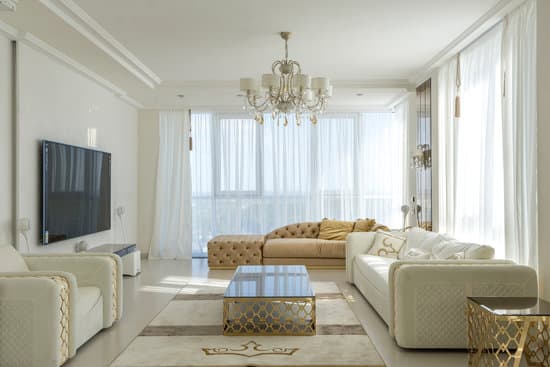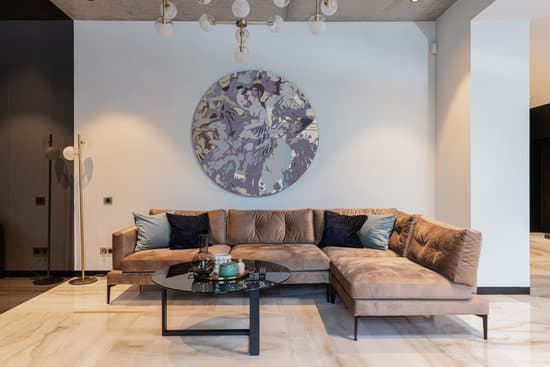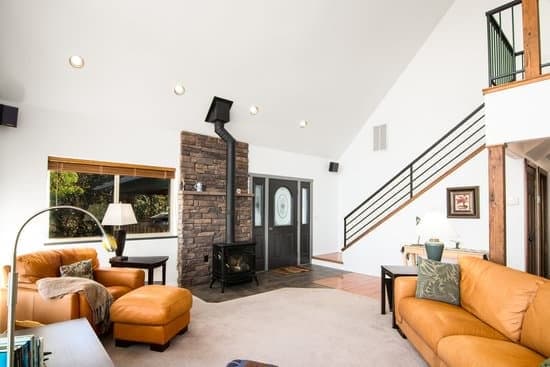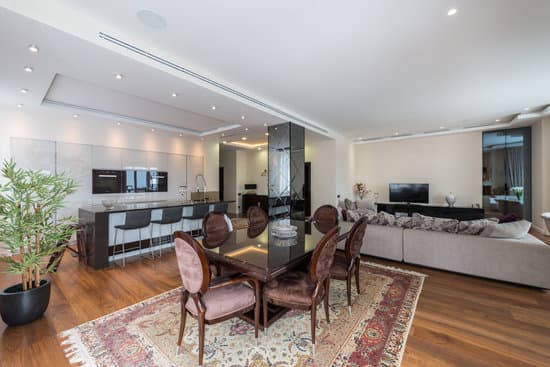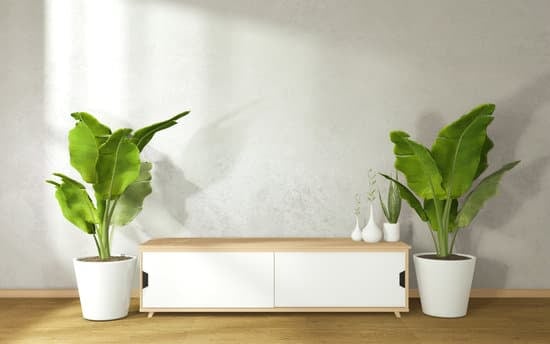Are you struggling to make your long living room feel cozy and functional? Don’t worry, we’ve got you covered! In this article, we will guide you through the process of arranging furniture in a long living room. By assessing the space, creating zones for different functions, choosing the right furniture placement, utilizing vertical space, and adding finishing touches with decor and lighting, you’ll be able to transform your long living room into a comfortable and safe haven for relaxation and entertaining. Let’s get started!
Assessing the Space and Taking Measurements
You should start by assessing the space and taking measurements to determine how to arrange furniture in your long living room. Analyzing the layout is crucial to ensure a safe and functional arrangement. Begin by measuring the dimensions of the room, including its length, width, and height. Take note of any architectural features such as windows, doors, or columns that may impact furniture placement. Next, consider traffic flow within the room. Think about how people will move through the space and avoid obstructing pathways with large pieces of furniture. It’s important to create clear walkways that are free from obstacles for easy movement. By carefully assessing the space and considering traffic flow, you can create a well-arranged living room that maximizes both safety and functionality.
Creating Zones for Different Functions
To create separate areas for different purposes in a lengthy living space, consider defining zones with strategic placement of items. This will not only maximize the functionality of the room but also enhance its visual appeal. Here are three key ways to achieve this:
- Multifunctional furniture options: Opt for furniture pieces that serve multiple purposes, such as a sofa bed or a coffee table with storage compartments. This way, you can easily transform one zone into another without sacrificing space.
- Creating a cohesive color scheme: Choose a consistent color palette for your furniture and accessories throughout the different zones. This will create a sense of unity and make the space feel cohesive.
- Use rugs and lighting to delineate zones: Place rugs strategically to define each area within the long living room. Additionally, use different lighting fixtures or arrangements to further emphasize each zone’s purpose.
By following these tips, you can effectively create distinct functional zones in your long living room while maintaining safety and style.
Choosing the Right Furniture Placement
When choosing where to place your furniture, consider the layout of your space and how it can best accommodate your needs. Start by evaluating the size and shape of your long living room. To maximize space, opt for furniture placement that allows for easy traffic flow and creates a sense of balance. Place larger pieces against the longer walls to create a focal point and make the room feel more cohesive. Consider using a sofa or sectional as a divider to separate different zones within the room. This can help define areas for lounging, entertainment, or even a home office. Utilize smaller furniture pieces strategically by placing them near windows or in corners to make the most of every inch. Remember, safety is key, so ensure that pathways are clear and there is enough space to comfortably move around without tripping hazards. By carefully considering furniture layout, you can transform your long living room into a functional and inviting space that meets all your needs while maximizing available area.
Utilizing Vertical Space
Consider utilizing vertical space in order to maximize the functionality and appeal of your long living room. By making use of the walls and high ceilings, you can create more storage options and incorporate artwork that adds personality to the space.
Here are three ways to make the most of vertical space in your living room:
- Install floating shelves or wall-mounted cabinets: These provide additional storage for books, decorative items, or even small plants. Make sure they are securely attached to the wall for safety.
- Hang artwork at different heights: This not only adds visual interest but also draws the eye upward, making the room feel more spacious. Use proper hanging techniques and sturdy hooks to ensure safety.
- Consider tall furniture pieces: Opt for bookcases or floor-to-ceiling shelving units that offer ample storage while utilizing vertical space efficiently.
By maximizing storage and incorporating artwork on your walls, you can transform your long living room into a functional and visually appealing space.
Adding Finishing Touches with Decor and Lighting
To add the finishing touches to your space, incorporate decor and lighting that reflect your personal style and enhance the overall ambiance of your living area. When selecting statement pieces, choose items that make a bold impression without overwhelming the room. A large piece of artwork or a unique sculpture can serve as a focal point and add personality to the space. Additionally, consider incorporating natural elements into your decor. Plants not only bring life and color into the room but also help purify the air. You can also use natural materials like wood or stone for furniture or accents to create a warm and inviting atmosphere. Lastly, ensure that your lighting choices provide both functionality and safety by using well-placed floor lamps, table lamps, and overhead lights to illuminate different areas of the room effectively while avoiding any potential hazards.
Conclusion
So there you have it! Arranging furniture in a long living room doesn’t have to be daunting. By assessing the space, taking measurements, and creating zones for different functions, you can optimize the layout of your room. Choosing the right furniture placement and utilizing vertical space will help maximize both style and functionality. And don’t forget to add those finishing touches with decor and lighting to create a cozy and inviting atmosphere. With these tips in mind, you’ll be able to create a well-balanced and visually appealing living room that suits your needs perfectly.

